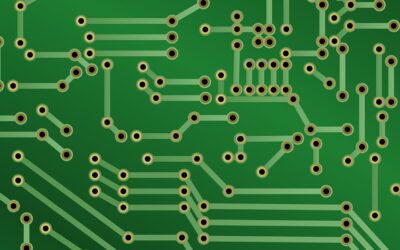In the last decades, the field of printed electronics has emerged and in the last years it also expanded from two dimensions into three dimensions. The production of 3D structures with conductive features has gained much focus, in particular for the emerging field of internet of things (IoT), where 3D objects are all interconnected.
The main challenge of printing conductive structures onto 3D objects is the deposition of liquids onto substrates that are uneven or sometimes have very complex topography. As the material can only be deposited when the substrate faces the nozzle and only one material can be printed at the time, the conventional printing method represents a time-limiting process often resulting in an uneven spreading of the ink and, as a consequence, in non-reproducible devices. Other methods to create conductive features that have been applied include transfer printing, like stamping.
Prof. Shlomo Magdassi and co-workers from the Hebrew University of Jerusalem, Israel, and the Nanyang Technological University in Singapore have presented in their recent paper in Advanced Materials Technology a method to fabricate conductive patterns and circuits by a hydroprinting process. Currently mostly applied in the graphics industry, hydroprinting enables overcoming the limitations of transfer methods and can actually be performed by printing a whole pattern in a single step onto a 3D object from all facets. The crux here is that the sacrificial polymer is completely removed, hence removing the isolating layer that is on top of the conductive pattern, which enables sequential addition of multiple functional layers.
The presented strategy opens a new tool-set for the printed electronics industry, especially for the emerging field of 3D printed electronics. Applications that are expected to benefit from this new process, are 3D printed antennas for communications, biomedical devices, 3D electronics, and soft robotics.
The following video shows the usage of hydroprinted NFC antenna on a polymer substrate to connect with a smartphone.














